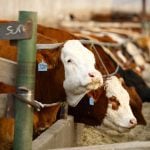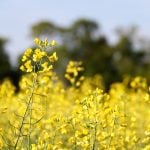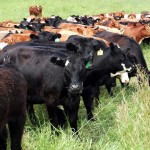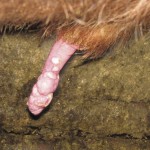2012 Agribition was a show to remember at Bar-E-L Angus
Far from the pomp and ceremony of the show ring, Dave and Lynne Longshore grab their touques and head down the lane to start another work day at Bar-E-L Angus southeast of Stettler, Alta. Partway through the daily routine they swing the mix wagon past two small pastures to drop some feed over the fence […] Read more






